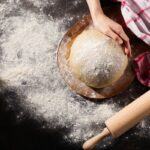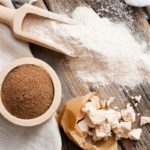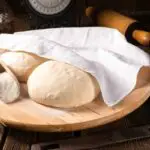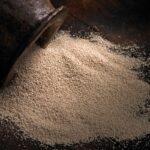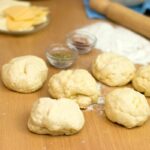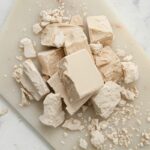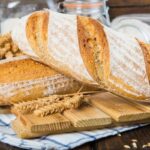Bread is a staple food in many cultures, made by mixing flour, water, and yeast. Yeast is a living organism with yeast cells that feed on the sugars in flour, produce carbon dioxide gas that makes dough rise. However, the process of making bread can be challenging, especially for novice bakers.
One question that often arises is “does salt kill yeast?” during the bread-making process.
Salt is a common ingredient in bread, and it serves several purposes. It adds flavor, helps to regulate the fermentation process, and strengthens the dough.
However, some people believe that when you add salt, it can kill yeast or slow down its growth, leading to a dense and flat loaf of bread. Others argue that salt has little effect on yeast and that its benefits outweigh any potential negative effects.
The answer to the question of whether salt kills yeast is not straightforward. While salt can inhibit the growth of yeast, the amount used in bread recipes is usually not enough to have a significant effect.
Moreover, salt helps to control the yeast fermentation process, preventing the dough from rising too quickly and resulting in a light and fluffy loaf of bread.
In today’s article, we will explore the science behind yeast cells and salt and look at the evidence to determine whether salt really kills yeast.
Is It True That Salt Kills Yeast?
So, how likely is it that salt can kill yeast cells? Salt can indeed have an impact on yeast, but it doesn’t necessarily “kill” the yeast. When salt comes into contact with yeast, it can impede the yeast’s ability to reproduce and ferment, which can slow down the dough’s rise.
However, the amount of salt required to completely kill yeast is much higher than the amount typically used in bread-making.
In fact, many bread recipes contain salt, and the salt is added specifically to help control the fermentation process, improve the flavor, and strengthen the gluten structure in the dough.
While it’s important to keep salt and yeast separate when you’re first mixing your ingredients, since salt can interfere with yeast activity, it’s not necessary to worry too much about combining them for a brief period.
Overall, salt can impact the activity of yeast in dough, but it doesn’t necessarily “kill” it, and small amounts of salt are often used in bread recipes to enhance the final product.
Salt And Its Effect on Yeast Cells
Combining yeast and salt for a brief period is unlikely to affect the rise of your bread or pizza dough or even the final outcome.
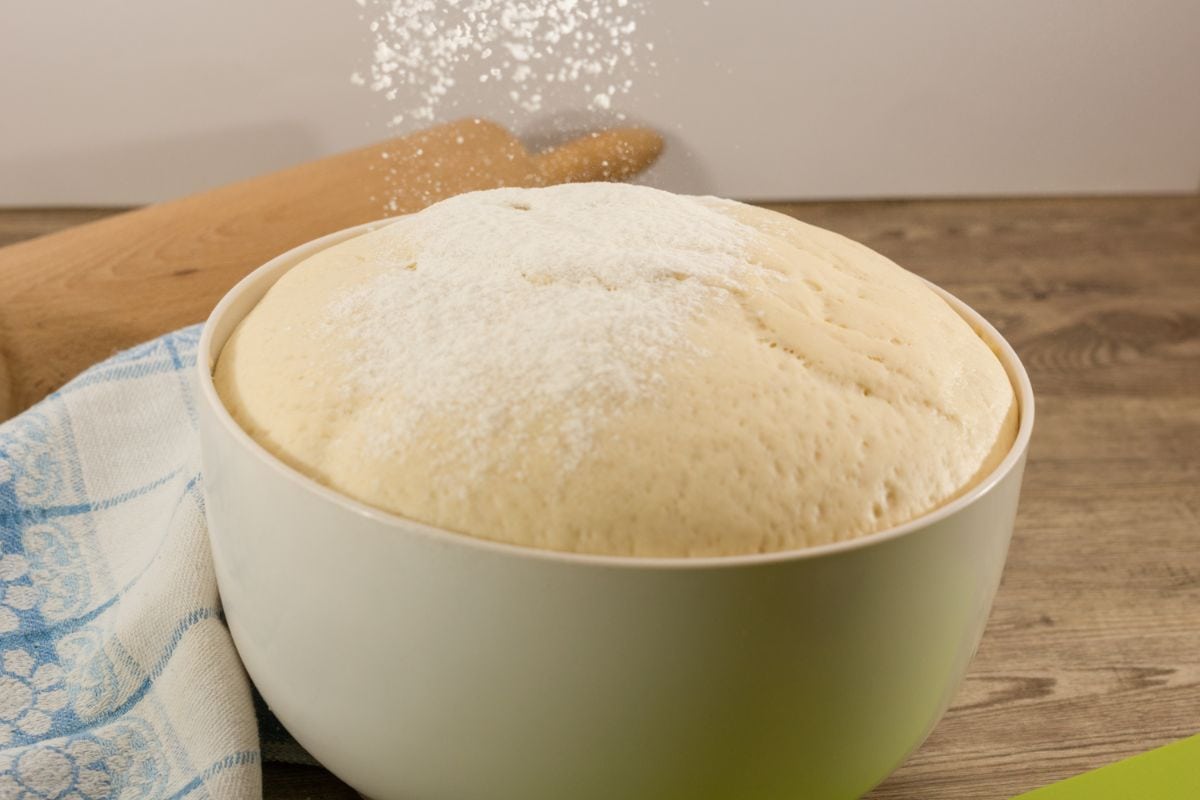
Even though many people mistakenly combine these two ingredients, the dough will still rise. The reason is that it takes a considerable amount of time for the salt to affect fresh yeast. In fact, salt slows down the rise of yeast. Not only that, but your dough will have an extremely plain taste.
Salt would have to penetrate it and damage yeast cells before it could stop working. Therefore, there’s no need to worry about accidentally combining the two ingredients, as long as you don’t leave them together for an extended period.
While it’s a good idea to keep your yeast and salt separate, it’s not a catastrophe if you mix them up by mistake. In other words, it’s unlikely a little salt will have a huge impact or kill the yeast.
Should You Separate Salt And Yeast?
In general, it is not necessary to separate salt and yeast when mixing dough in a bowl as salt will not kill the yeast or have any negative effects on it.
The only time this would be beneficial is if the two have been in contact with one another for an extended period of time. Only then can the yeast cells start to suffer and lead to a higher chance of dead yeast.
Do You Have To Add Salt To Dough When Making Bread?
If you want your dough to be flavorful and hold its shape, then adding salt is beneficial and highly recommended. Without mixing salt with the yeast, the dough would not have much elasticity. Therefore, when your dough is shaped, it will collapse, whether it’s homemade or instant yeast.
The main reason salt should be added is that it provides a better taste to your dough. Without salt, bread can taste bland. To make up for this lack of flavor, you may end up eating more salty foods which can have negative consequences on your health in the long run.
A mixture of salt and yeast can drastically improve any bread recipe but you should always be careful how much salt you add as you don’t want it to be too salty. Experiment with different amounts to get your dough just right and avoid any bland flavors.
What Happens When Salt Is Mixed With Yeast To Make Dough?
When you combine salt with yeast, it can create gas bubbles due to a process called osmosis.
Salt is a solute that can dissolve in water, and when it is added to yeast in water, it creates a hypertonic solution. This means that the concentration of solutes (in this case, salt) is greater outside the yeast cells than inside.
This common practice involves water that moves out of the yeast cells through osmosis, which causes the cells to shrink. This can lead to the release of gas bubbles, as the shrinking cells create spaces that allow carbon dioxide and other gasses produced by the yeast to escape.
However, it’s important to note that the amount of salt needed to produce gas bubbles in yeast may vary depending on factors such as the type and amount of yeast used, the temperature of the water, and the concentration of salt in the solution.
Additionally, excessive salt can actually inhibit yeast growth and fermentation, so it’s important to use the correct amount for your recipe.
In Summary – Does Salt Kill Yeast?
In conclusion, salt can have a certain impact on yeast but it is unlikely that it will kill it. It will impact yeast activity but only if the two are in contact for a long time.

